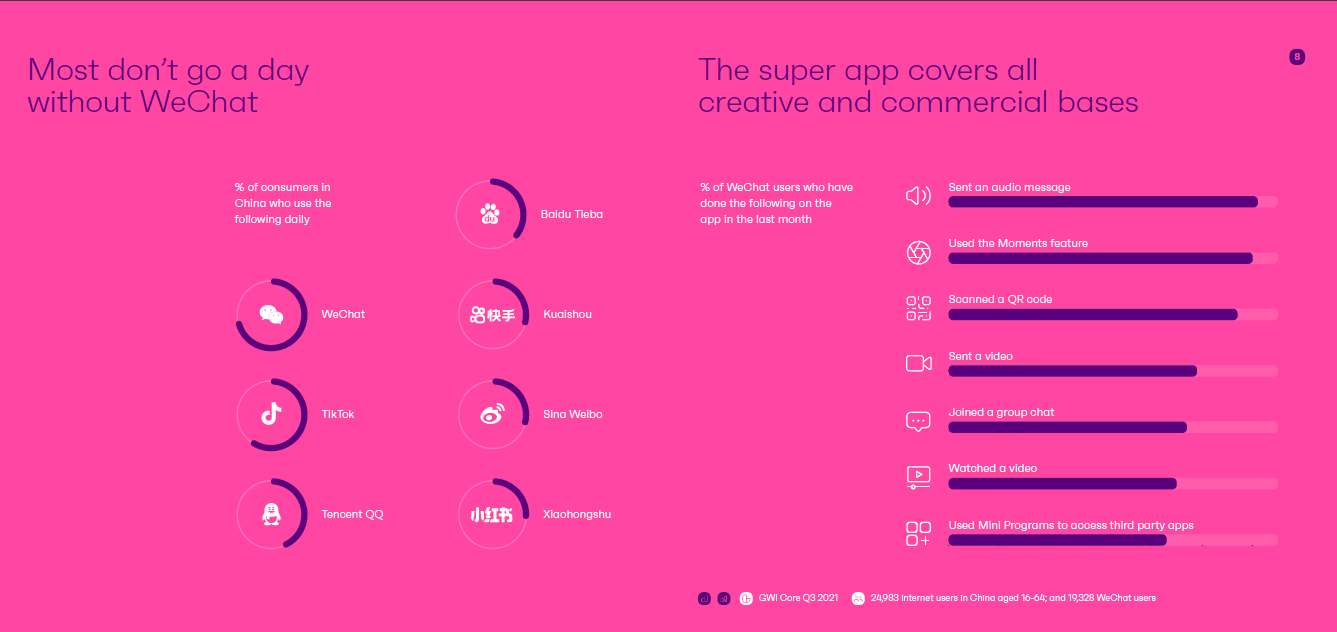Consumer video viewing habits are becoming increasingly fragmented. Alongside an influx of new streaming options, time spent with digital video on desktop, mobile and connected devices is growing. The number of cord-cutters and cord-nevers is rising, while linear TV viewership is declining. The Covid-19 pandemic has further accelerated this shift. As a result, marketers need to rethink how to reach their target audiences and diversify their buying tactics, while video publishers and content creators need to find solutions to optimize for yield while retaining the user experience of TV.
The growing OTT opportunity
- OTT streaming video has gone mainstream, with an estimated 1.4 billion
viewers subscribing to OTT services worldwide and unlocking tremendous potential for advertisers. - Non-pay TV households, comprising both cord-cutters and cord-nevers, are on a trajectory
that is expected to reach parity with pay TV households in the next five years. - Given this shift in viewership, OTT streaming video offers advertisers greater reach to engage
directly with their target consumers.

The OTT advertising ecosystem
- The nuance and complexity of OTT advertising transactions are a result of a crowded and complex OTT ecosystem.
- In the early days of OTT, TV broadcasters and networks owned content and relied on third-party
streaming services (i.e. Hulu or Netflix) for distribution. - Now the largest streaming services are increasingly creating original content, while the largest
broadcast networks are building their own distribution platforms and pulling their content from third parties. - The business models and distribution channels for these platforms fall into two camps — ad-supported and subscription-based.
- For ad-supported content providers, this means delivering an ad pod that mirrors a commercial ad break experience in broadcast television.
- An ad pod can vary in length and be inserted at any point in a content stream — providing publishers the ability to return multiple ad creatives from a single ad request. To achieve this level of seamless execution, the implementation and integration of a complex ad tech stack is required to support OTT advertising.

- With programmatic, the different tech layers in an OTT publisher’s monetization stack participate in a technical workflow to build each ad pod that plays during the commercial break.

- Each commercial break must be “stitched” together with the video content to ensure a seamless user experience. SSAI streaming solutions compile all content and ads into one playlist of small video segments that is optimized to the device and bandwidth to prevent latency, buffering and other user experience challenges.
- The technological complexity of programmatic OTT transactions has allowed a few niche providers to corner the market in its early years. This led to a gap in how advancements in programmatic capabilities were adapted for the OTT ecosystem, ultimately having an impact on publisher yield and buyer ROI.
- While OTT can combine the targeting and data-driven auction dynamics of digital with the viewer experience and branding potential of TV, technology innovation has not yet bridged the gaps that remain.
Publishers and OTT content creators have been hesitant to fully embrace the programmatic opportunity because of the following concerns

Buyers also face challenges that have prevented them from allocating more TV and digital video ad budgets to programmatic OTT transactions.

The coronavirus impact on OTT
- The economic climate stemming from the coronavirus pandemic has added another layer of challenges and opportunities to the OTT ecosystem.
- When stay-at-home orders were put in place around the globe, CTV viewership continued to grow, leading to a steady increase in inventory availability.
- Even as restrictions in some places were relaxed, CTV usage has continued to rise, remaining up over 80% year-over-year by the first week of May.
- While many advertisers cut marketing budgets to weather the economic downturn of the pandemic — with budgets down 20% year-over-year on average — investment in CTV/OTT channels is increasing.
- While an increase in supply and decrease in demand should lead to a drop in the cost of advertising, CTV has been largely shielded from price (CPM) deflation due to the prevalence of fixed rate deals.
- The influx of supply without a dynamic means to sell it has resulted in a lot of publisher inventory going unfilled. Both publishers and buyers need responsive tools to react to changes in market conditions and enable buyers’ access to excess supply.
- In the current climate, appetites for more flexible buying channels have created an opportunity for innovation and experimentation. This has made header bidding — which brings together all of a publisher’s demand across deals, insertion orders, open and closed auctions — much more attractive.
How OTT header bidding works
- Header bidding technology emerged from the world of desktop publisher advertising; publishers would add a wrapper to the header section of their website — code that enabled the publisher to send an ad request to multiple demand partners.
- However, the intricacies of the OTT advertising landscape have added technical complexity when adapting header bidding to OTT environments.

Benefits of OTT header bidding for
Publishers

Buyers






